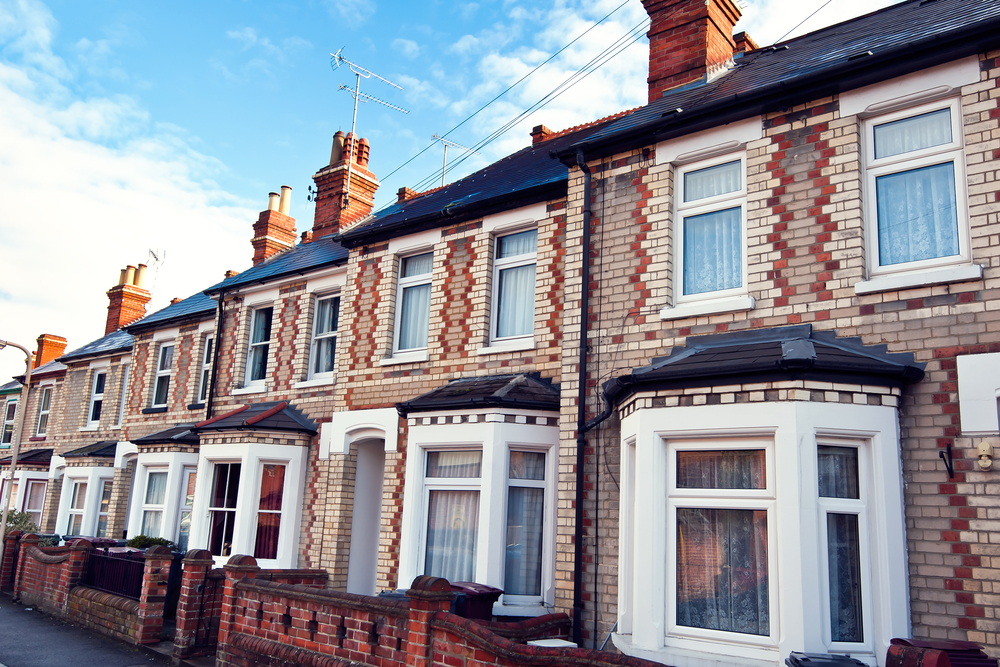Blog
BLOG: Is the Lifetime ISA a good deal for Londoners?

The Lifetime ISA helps first-time buyers escape the rental trap by topping up savings and investments with a 25% bonus, speeding up the time taken to raise a deposit.
But many people don’t realise that homes bought with a Lifetime ISA must cost £450,000 or less – a restriction that could mean buying in some parts of the country is impossible.
Property prices in London have soared ahead of the rest of the country and the average property price is now £537,920. Bearing this in mind, is the Lifetime ISA worthwhile for those hoping to buy in the capital?
What does the Lifetime ISA offer?
Launched in 2017, the government’s flagship scheme for helping the younger generation with two big financial goals – buying a first home and building a retirement pot – is called the Lifetime ISA (also known as a LISA).
LISAs can be opened by people aged between 18 and 39 who can stash away up to £4,000 per tax year until they reach the age of 50. The money is topped up by a 25% government bonus each year, which means people can save up to £5,000 per year in a LISA plus potentially receive interest on their savings if using a cash LISA, or investment returns if they use a stocks and shares LISA.
Withdrawing the money for most reasons other than purchasing a first home or after age 60 means savers will be hit with a penalty charge.
The scheme has been wildly popular among ‘generation rent’ since its introduction, and more than 50,000 first-time buyers used their LISA to buy a home in the 2021/22 tax year.
Why is there a Lifetime ISA house price limit?
First-time buyers can only use their LISA savings to purchase a first home priced at £450,000 or less. This was likely introduced to ensure that the LISA would not be used by the very wealthiest first-time buyers, who may be purchasing homes priced at substantially more than this.
At £450,000 the price cap doesn’t seem too restrictive when looking at average prices for the UK as a whole. In July 2022, the average home cost:
- £305,000 in England
- £213,000 in Wales
- £192,000 in Scotland
- £169,000 in Northern Ireland
But property prices vary dramatically from one place to another. The government’s Help to Buy Equity Loan Scheme, which lends first-time buyers capital to purchase a home, has regional price caps that reflect the local market. Price caps range from £186,000 in the north-east to £600,000 in London.
The LISA price cap has not changed since 2017 and in that time, the average UK home has risen 25% in value. If the LISA price cap had been increased in line with property price inflation, it would stand at £562,500.
Is this realistic for Londoners?
The average London property price was £537,920 in July 2022, so if you live in London or have set your sights on buying your first home in the capital, you may find the £450,000 price cap restricts where and what kind of property you can buy.
Purchasing a house may be out of the question, as London’s semi-detached houses are priced at a whopping £694,334 on average – more than £244,000 above the LISA’s price cap.
Meanwhile, smaller terraced houses cost an average £590,640 which is also out of reach of the scheme – although it’s important to remember these figures are averages and there may be properties which sell for significantly below average.
Fixer-uppers, less glamorous areas or places where you have to cycle or take a bus to a train station may be more affordable.
The good news is that flats and maisonettes in the capital would just make the cut, at an average price of £447,046.
Another bright spot is that the money from your LISA can be used to purchase property under a shared ownership scheme, provided the full value of the property falls within the £450,000 limit. Shared ownership properties are spread throughout the city and come in all shapes and sizes, from new build apartments to period houses. Remember that purchasing through a shared ownership scheme has benefits and potential risks, so you must do your research and check the fine print to ensure you understand what you are signing up to.
Which areas of London could the LISA be used?
Property prices can vary widely across London’s 33 boroughs. Looking at average prices, only one borough has average property prices under the LISA’s cap. It’s Barking & Dagenham in east London where the average home costs £378,852.
In other boroughs where the average price is a little above the LISA limit it may be worth checking to see if there are suitable properties. These include Bexley, with an average price of £478,496; Havering, £486,383; Newham, £467,438; and Croydon, £492,999.
The verdict on the Lifetime ISA in a London context
The £450,000 property price limit means that if you want to buy a first home in London, you may find the LISA restrictive, particularly if you’d like to buy something other than a flat.
Although you can use your savings to buy a property worth more than £450,000 you’ll pay a 25% penalty on the whole amount, which includes interest or investment returns so ultimately you’ll likely get back less than you put in.
However, for savers in other parts of the country where there are properties that are likely to stay under the £450,000 cap, the LISA could be a good option.
Remember, you can use the LISA as another way to save for retirement alongside a pension. So, you may still be able to benefit from the 25% bonuses.
Annabelle Williams is personal finance specialist at Nutmeg